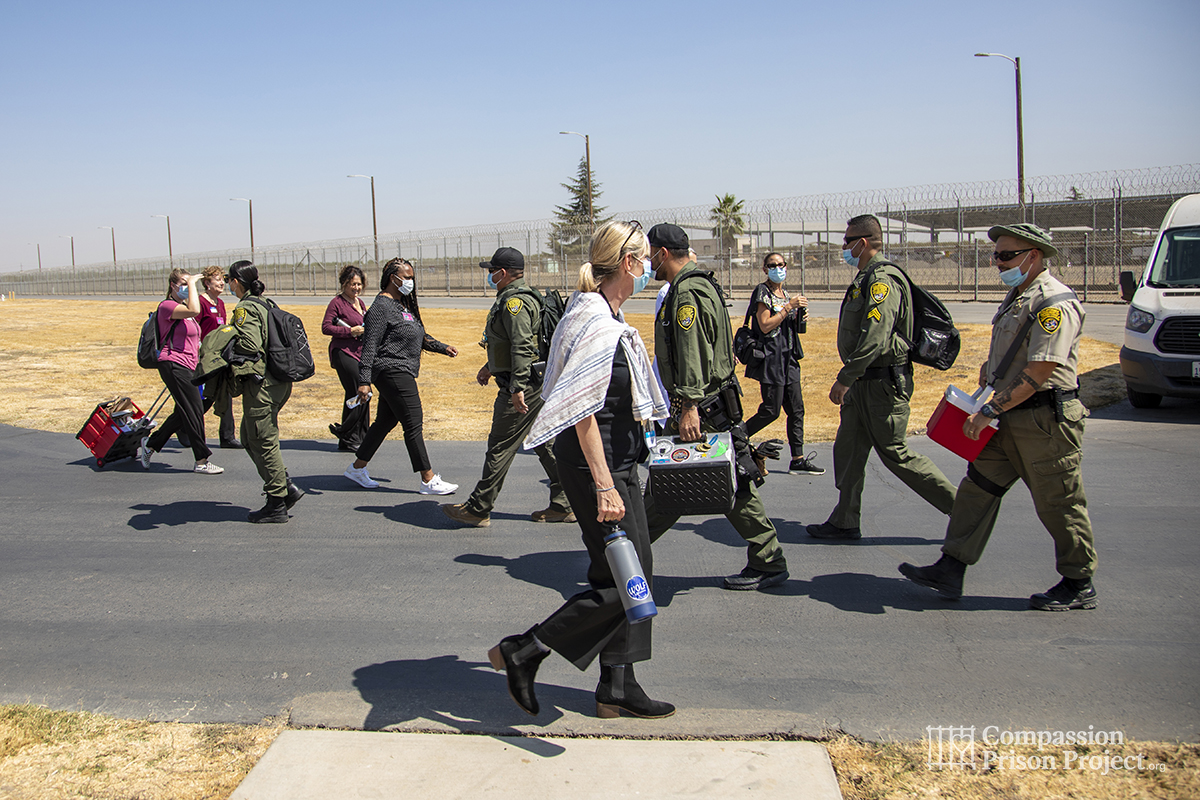by Fritzi Horstman
Brandon Elliot assaulted a 65-year old Asian-American woman in NYC late March 2021. He had been incarcerated for stabbing his mother in 2002 — most likely after a life of adversity and violence. Brandon was not rehabilitated in prison and was put on “lifetime” parole when released — the prison system knew Brandon wasn’t safe, they did nothing to help him rehabilitate and they released him knowingly.
We must question how he spent 19 years behind bars, how he was treated in prison. How long did he spend in solitary confinement? Did he have access to mental health services, education and rehabilitative programs? What provisions were in place to make sure Brandon was fit to return to the streets?
With a US recidivism rate upwards of 79%, US Prisons are a danger to public safety. According to the National Institute of Justice, for every 5 people that return to society, within 5 years of their release, 4 of them will return to prison. If you are a tax-paying citizen, prisons have done nothing to reduce crime in your community and the men and women who return from the institutionalizing and dehumanizing practices of prison are in worse shape than when they first entered the system. The cost of incarcerating 1.8 million people is upwards of $80 billion dollars per year. If this was a business, the US would have filed bankruptcy decades ago. We have conflated punishment and dehumanization with public safety, which, it turns out, is the exact opposite of what actually works.
Since the Reagan era, prisons have become military installations, our citizens prisoners of war. 37% of the men and women involved in the prison system have documented mental health issues exacerbated by prison conditions. Most of these issues stem from high levels of adversity and abuse. “Our incarceration policy is very costly with relatively few benefits and a lot of deleterious effects on our economy and our families and on the fabric of our communities,” says June Tangney, PhD.
95% of the people in prison will be released someday. Below are some of the injurious practices that continue to exacerbate or create mental health issues. These practices jeopardize not only the safety within the prison walls but also the safety of the rest of society, when the people living in prisons are released:
Solitary Confinement:
More than 15 days in solitary confinement is considered torture according to the UN. “Restrictive Housing” has been the go-to solution for correctional officers for infractions as small as having too many envelopes in a cell or disagreeing with an officer.
In a 2001, a “Recidivism in Connecticut” study showed that within a three year period there was a 92% recidivism rate for inmates who were kept in solitary confinement for disciplinary problems or violent behavior, compared to the national average recidivism rate of 66%.
Traumatic Brain Injury (TBI):
Up to 80% of the men and women in prison have traumatic brain injuries. As science knows and people are beginning to understand, damage to the prefrontal cortex has symptoms consisting “of major antisocial behaviors such as disinhibition, emotional lability (rapid, exaggerated changes in mood), and impulsivity”, the exact personality disorders people with criminal records are accused of having. Not only are people with TBI inclined towards impulsive behaviors, but without a functioning brain how do we expect people with TBI in prison to obey simple rules when “thinking
straight” is not possible.
Inadequate Mental Health Treatment:
The three largest mental health centers in the US are Cook County Jail in Chicago, Los Angeles County Jail and Riker’s Island in NYC. Governors and politicians know that mental health problems are the major drivers of criminal behavior and yet instead of assisting in the care and treatment of these disorders, we exacerbate mental health issues with more violence, retributive punishments and dehumanization.
Mental Health Issues for Correctional Officers and Staff:
The life expectancy of a correctional officer is 59 years. 35% of correctional officers report having symptoms of PTSD (and these are only the reported symptoms). With a 39% higher suicide rate and a 20% higher separation and divorce rate than the national averages, jobs in corrections are toxic, dangerous and harmful to self and family. Working in a hostile and punitive environment, constantly in a state of hypervigilance, living in a continual fight/flight response scenario, is more than any human can endure and ultimately survive.
Demoralizing restrictions, slavery, fines, fees, inedible food and taxing the poor:
In most countries, restriction of liberty is the punishment, all rights and privileges as a citizen remain intact – voting, access to healthcare and dental care, family connection, pursuit of happiness. However, in the US, prisons continue the dehumanizing “constitutional” practice of slavery, allow inedible and non-nutrious food = hunger, inflate costs for phone calls and video connection (up to more than $1/minute), forced usage of commissary for satisfaction of basic human needs…at the personal expense of the incarcerated individual and their families, implement arbitrary rules which can land you in solitary and impart thousands of restrictions and confines that perpetuate loss of human dignity and hope.Scant education and self-help programming:
According to the Vera Institute: “Research shows that—among other benefits to individuals, families, communities, and prisons—incarcerated people who participate in prison education programs are 43 percent less likely to recidivate than those who do not.” Time spent out of cells, doing meaningful work, self-help classes and education (known in Norway as “activation”) prevents the following: suicide, damage by isolation, violence and threats, and helps reduce the use of safety cells, segregation, and other restrictive measures.
Eventually Brandon Elliot and 1.8 million people will be returned to our neighborhoods, our communities, our lives. We have an obligation to make rehabilitation and trauma-informed practices a priority so that they can return to us again having been treated humanely rather than dehumanized and destroyed, provide educational and self-awareness programs and mental health treatment rather than be met with aggression and neglect. Compassion is what helps people transform, let’s prepare them to be back in our lives as caring, healthy, tax-paying, productive members of society.

Help bring our 12-part video and workbook series, Trauma Talks, to your community:


